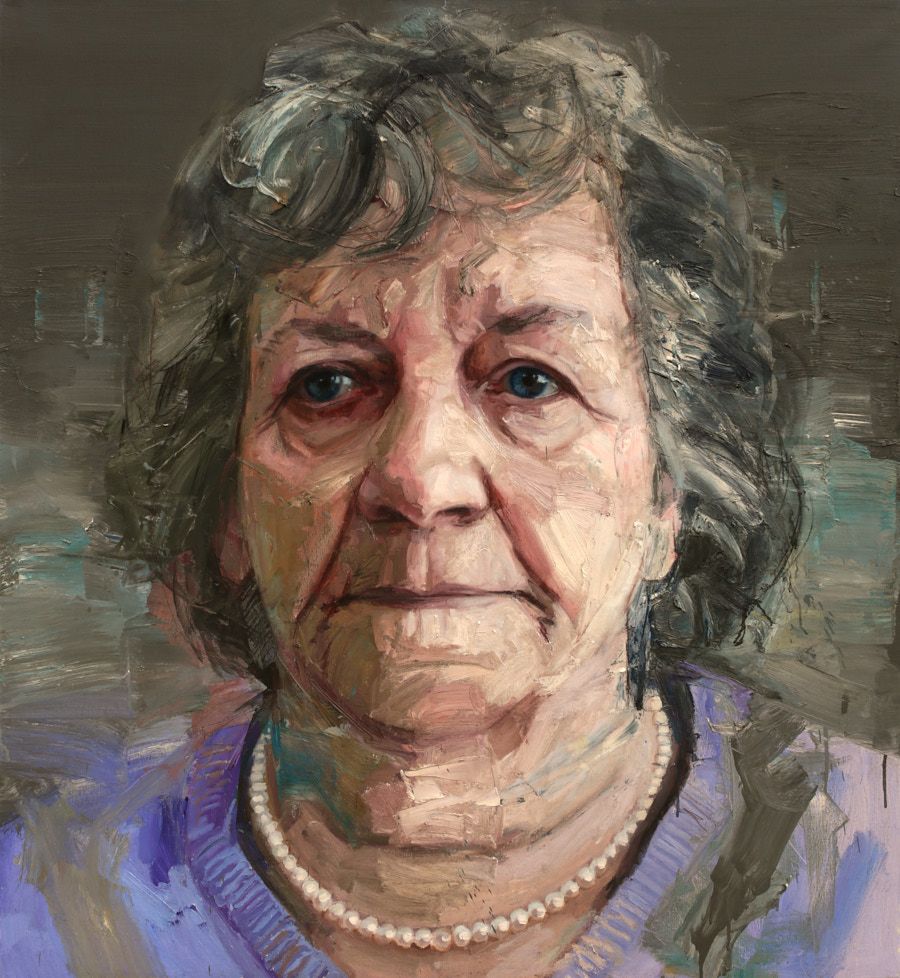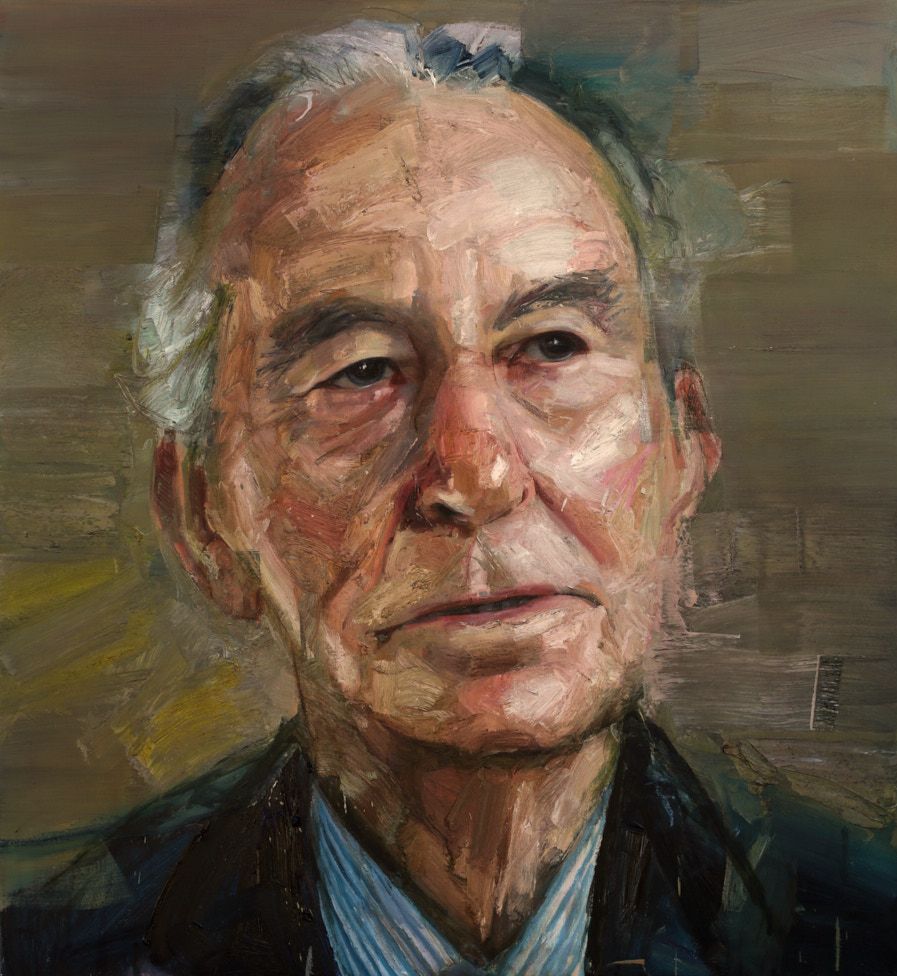In May, I met a man at a Fleadh Ceol in Armagh whose life had been destroyed by the Northern Irish Troubles. Two of his children had been murdered in the 1970s while he and his wife were away at Mass, and decades later he still suffered the pain of that terrible loss. Looking into his sad eyes, one saw the lingering pain of his terrible ordeal. Thank God, I cannot imagine the suffering someone like this man has endured, but sadly his story is not very unique in Northern Ireland. Tens of thousands of people still suffer the enduring pain of having lost family or loved ones during those times, but these silent victims of the Troubles have garnered little recognition. Belfast-born portrait painter Colin Davidson, however, has tried to capture the mute, enduring pain that still affects these grieving people on canvas in his widely acclaimed portrait series, Silent Testimony, a building-wide solo show that will open at the Irish Arts Center in Manhattan and run from Sept. 16 through Oct. 8. Since 2010, Davidson has become internationally renowned for his series of large-scale portraits of famous actors, musicians, poets, and writers. While painting these familiar faces, he became increasingly preoccupied, not with their celebrity, but more with their humanity. “Silent Testimony” also depicts the human condition. The artist captures the pain etched on the faces of 18 people who are connected by their individual experiences of loss through the Troubles

Davidson, who experienced the Troubles firsthand, supported the Good Friday Agreement ending the conflict, but was also aware that many of its silent victims still could not move on from the trauma they experienced from losing a loved one. “Silent Testimony” is not, according to Davidson, an exhibition about the past, it is about the present and the lingering effects of violence. The subject is raw human loss. The artist describes the series of paintings as an “emotive response which reflects on how the conflict has had, and continues to have, a profound effect on not just the 18 sitters, but thousands of individuals – the injured, their families, the families of those who died and the wider community.”
Aware that sectarianism can block sympathy, one of the intentional designs of the show is that the viewer does not know if the image of the grieving subjects the viewer sees is Protestant or Catholic. At first, Davidson set out to paint one or two people who had suffered loss, but he realized that he needed to broaden the scope of the paintings so that no one who walked into the room would not be affected by at least one of the paintings he or she viewed. A highly empathetic person, Davidson spent two to three hours with each of the people he painted and these were not people who had been able to tell their stories. He listened intently to their stories and grasped the pain they still feel. Obviously, it is not an easy subject, and viewing the paintings is cathartic. Eamon Mallie has likened the sadness in each of the faces as being similar to the stations of the Cross.
Davidson does not want to preach to the viewer. He just wants the viewer to stand in front of the portraits and draw his or her own conclusions. Perhaps what is most striking about the series of portraits is Davidson’s uncanny ability to capture the sadness and loss visible in each person’s eyes. Many people who have seen the exhibit leave haunted by the look of pain in each of the eighteen subjects.
“Silent Testimony” first hung at the Ulster Museum in Belfast in 2015 and received a huge positive response. A staggering 100,000 people saw the exhibit there. One of the visitors wrote in a guest book, “Art can tread where words and politics often can’t. Art can powerfully capture what words fail to.” The show has also drawn huge crowds in London and Paris. “Silent Testimony” is a powerful response to the effects of violence. It portrays how the conflict has had, and continues to have, a profound impact on thousands of individuals – the injured, their families, the families of those who died, and the wider community. Its theme is heavy, but it is a show that simply should not be missed.
Admission to “Silent Testimony,” running from Sept. 16-Oct. 8 is free. For details, go to www.irishartscenter.org.








